Earlier this month, I traveled outside of the San Francisco Bay Area for the first time in a year and a half. Not that far outside of the Bay Area, I admit. In fact, I took about as short a drive as I could—around two hours—that would technically get me outside of the region. All the way south to Watsonville, about eighteen miles southeast of Santa Cruz.
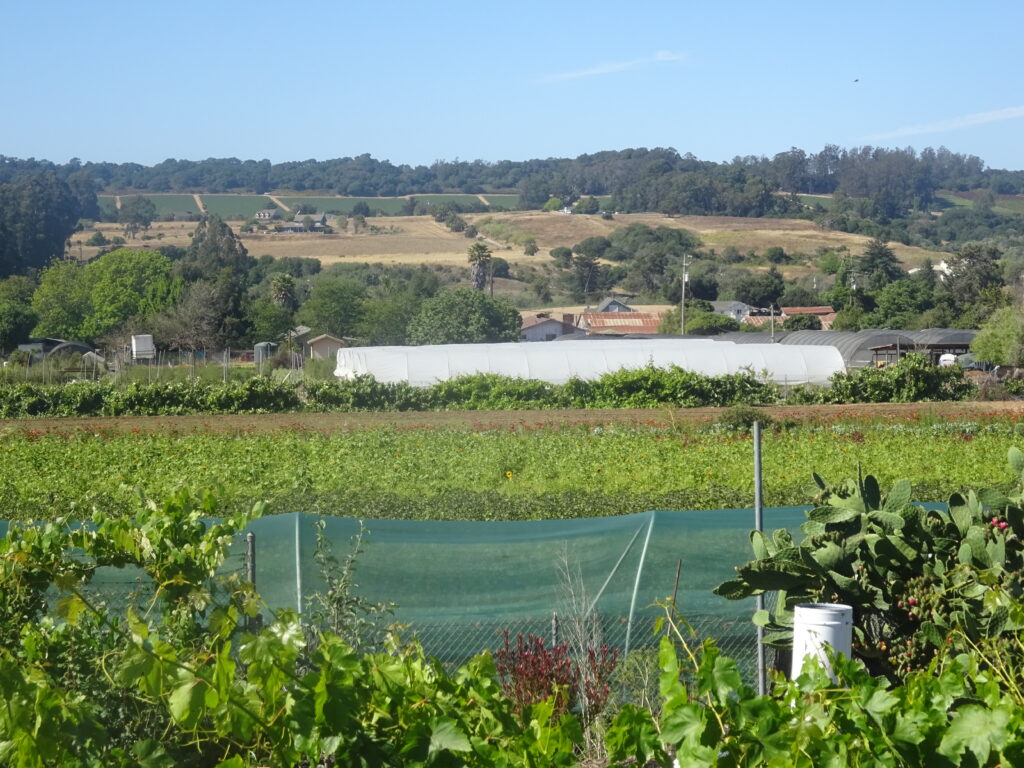
What do you do in Watsonville, once you’ve gotten your day trip to Santa Cruz out of the way? Well, I wasn’t looking to do much. The main thing was to be able to relax, read, and work a bit for a few days in a place other than my usual home base. I was especially eager to do so after a year and a half of being, like most of us, confined to a limited space due to circumstances beyond our control.
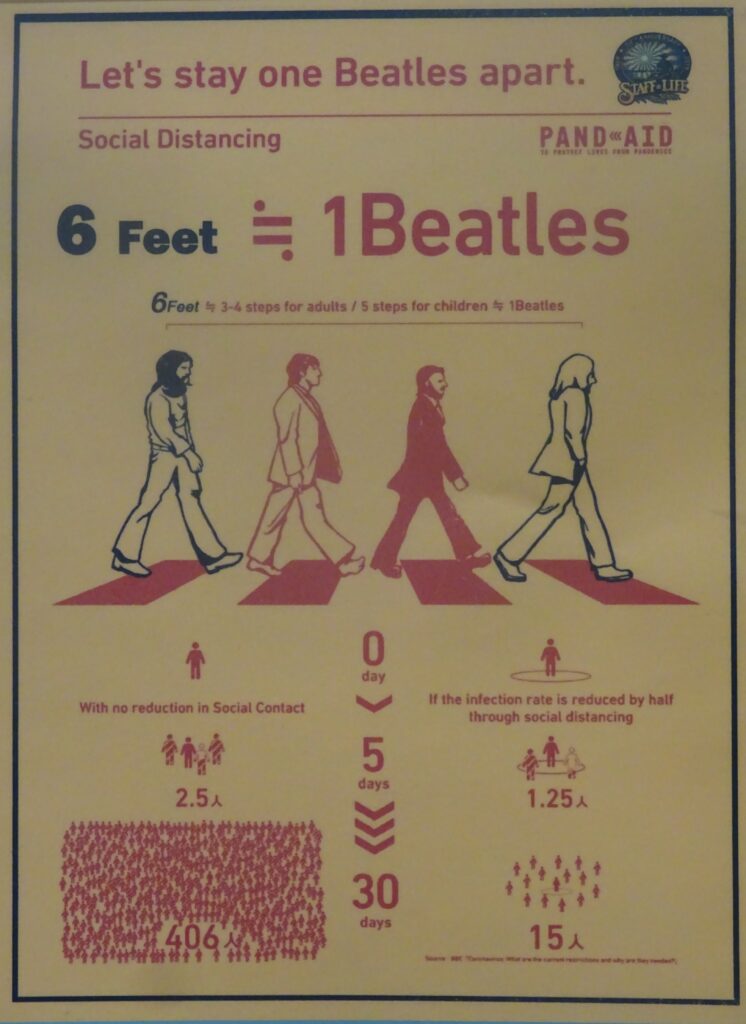
Watsonville isn’t that big (a little more than 50,000 people), and neither is Santa Cruz County compared to the Bay Area. But you wouldn’t always know it from the way cars crowd onto and speed along the highways, and the traffic snarls in Santa Cruz itself, which isn’t that much bigger than Watsonville.
There are a few sloughs (pronounced “slews”) with short walking paths in downtown Watsonville. But it’s far more rewarding to venture a little outside the center for something far more isolated from traffic, with far more abundant trees and water. It’s in the five miles or so of walking paths in the Elkern Slough Reserve—the Elkhorn Slough National Estuarine Research Reserve, to use the official name.
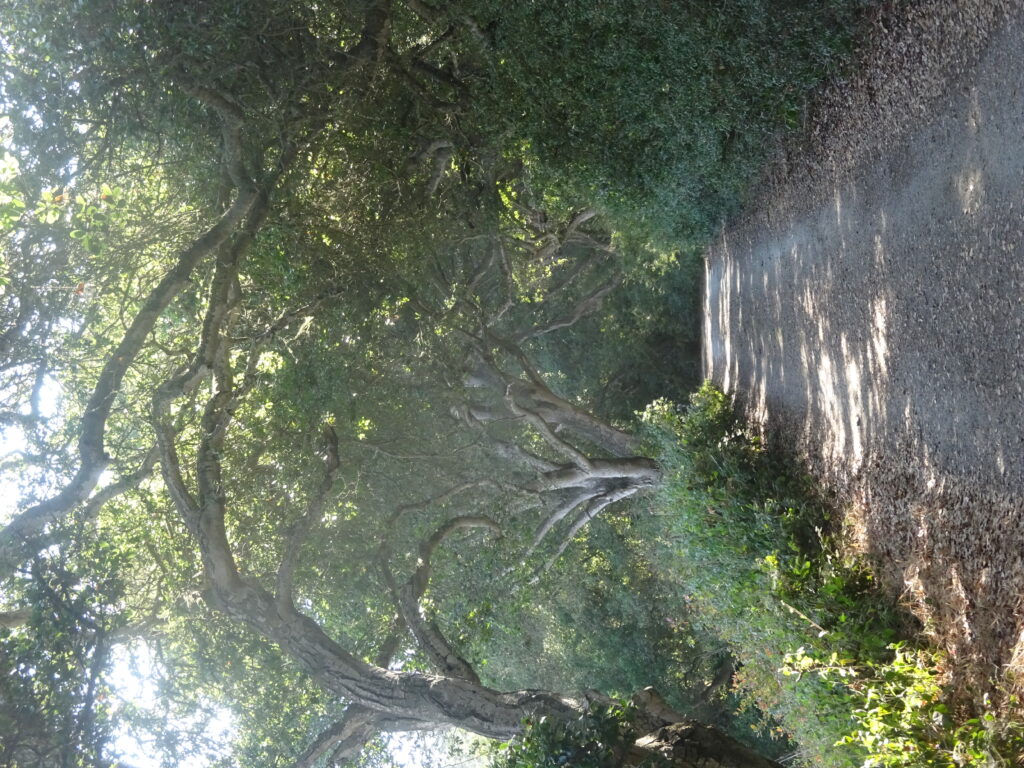
The small visitor center by the parking lot doesn’t give out physical maps, though they have a big one they have available for reference photos. It’s not such a huge place, however, and you can just pretty much wander around without worrying about getting lost, as I did for the three hours it took to walk most of the paths.
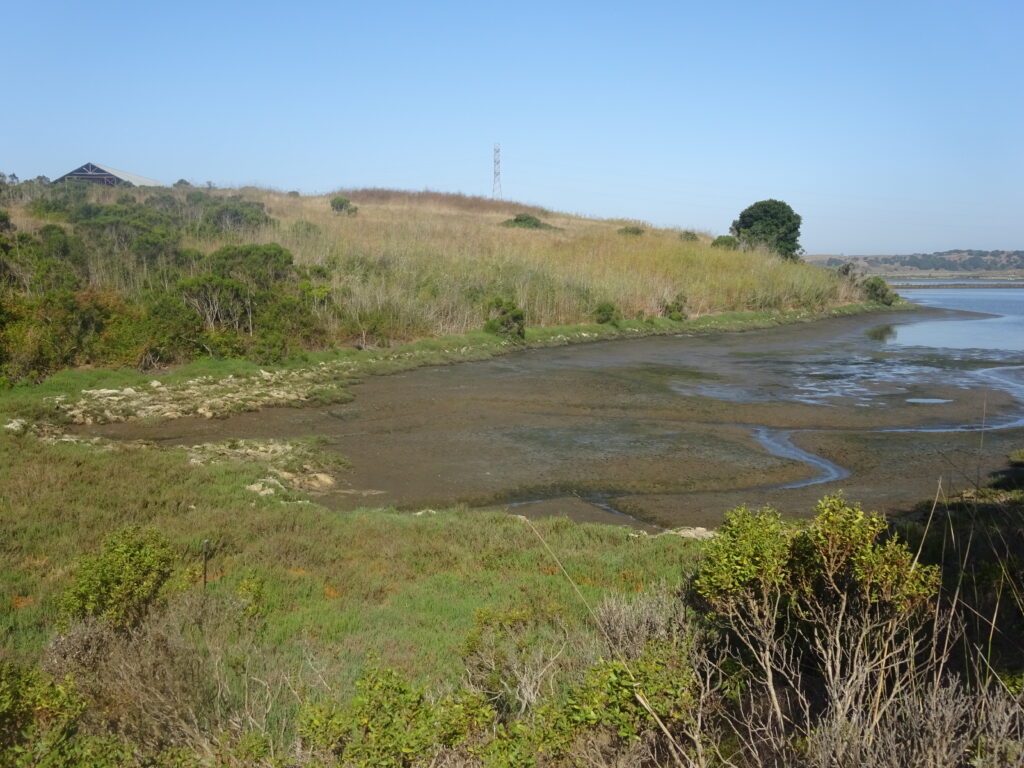
The best destination, if your time is shorter or you just want to cut to the chase, is the small Hummingbird Island. I always find it interesting to see abandoned crumbling buildings of unexplained origin, and there are a couple shortly into the walk:
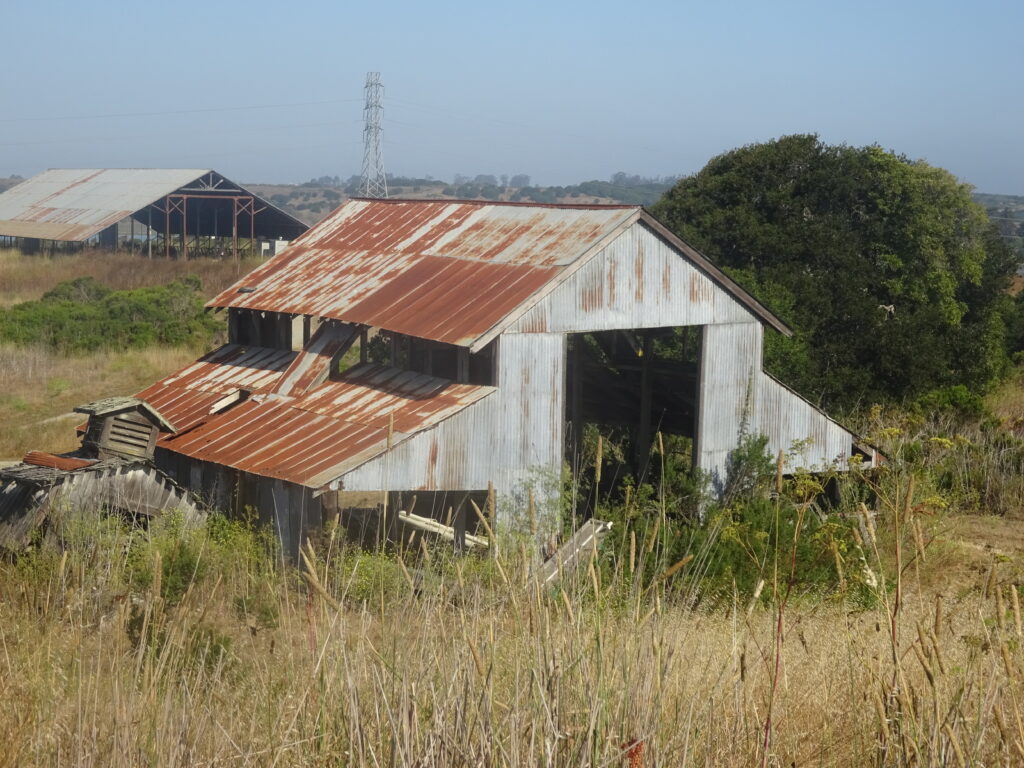
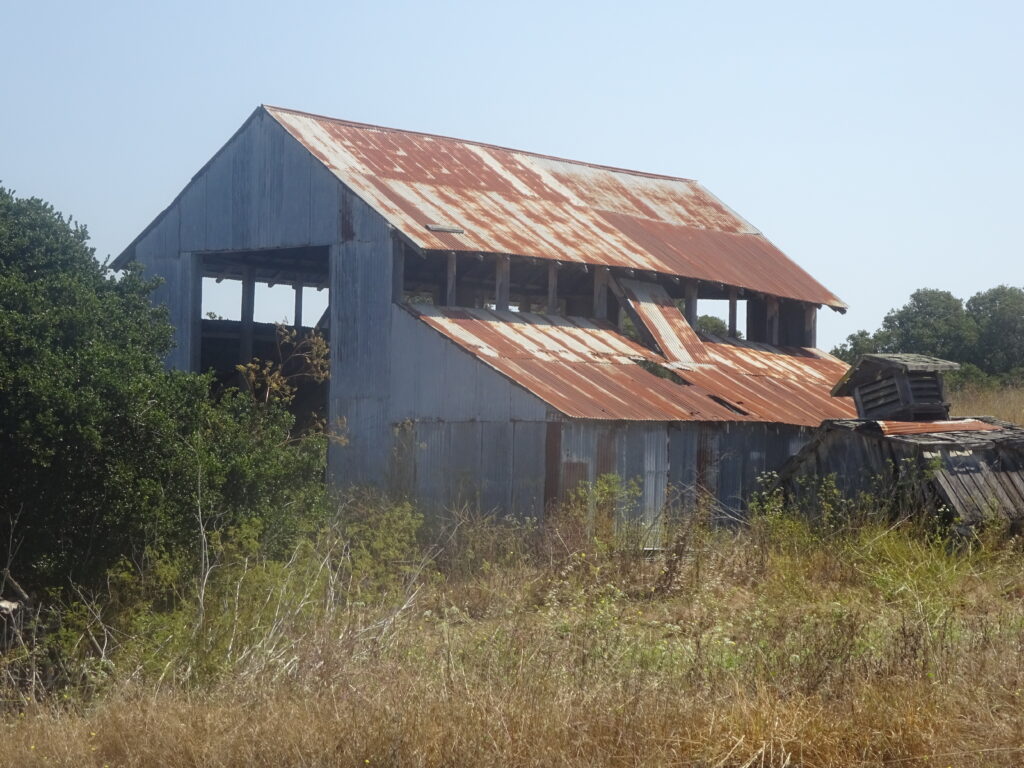
Hummingbird Island is pretty small—about as small as an island can be, really—and to get there, you have to cross active railroad tracks. Park staff gently warns you to be careful of oncoming trains, though I didn’t see or hear any the morning I was there.
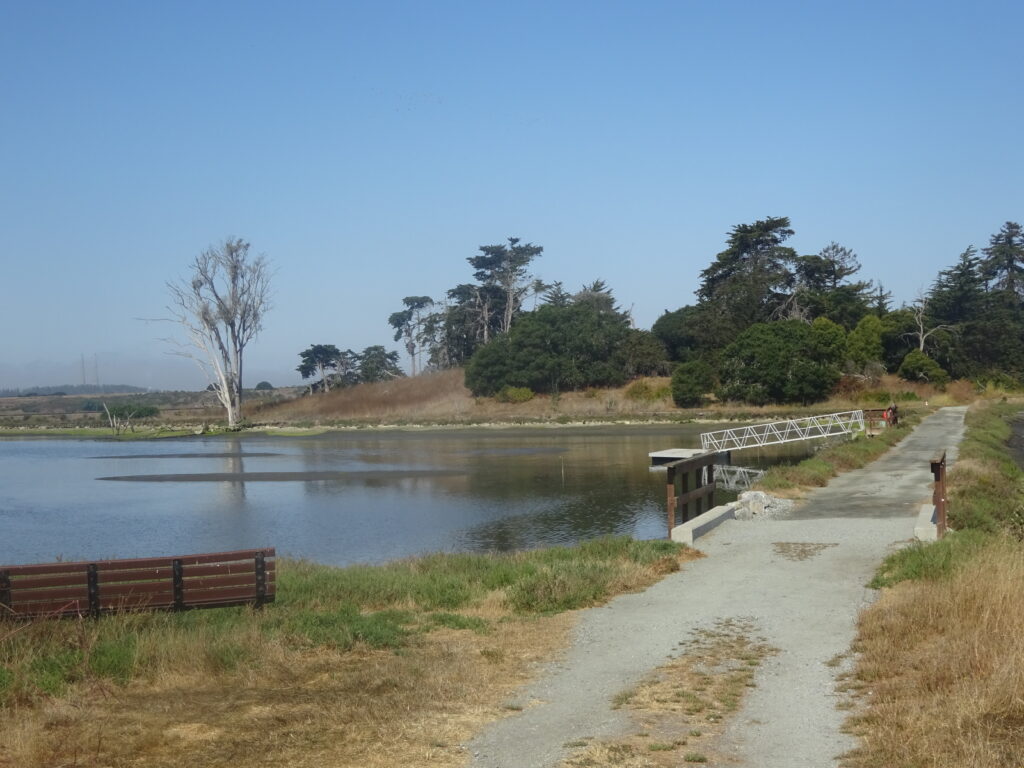
The trail rims around much (though not all) of the island, ending up at a finger shooting into the water. Be careful at the very tip—it looks fairly solid, but it’s marshy and you’ll slip in regular walking shoes.
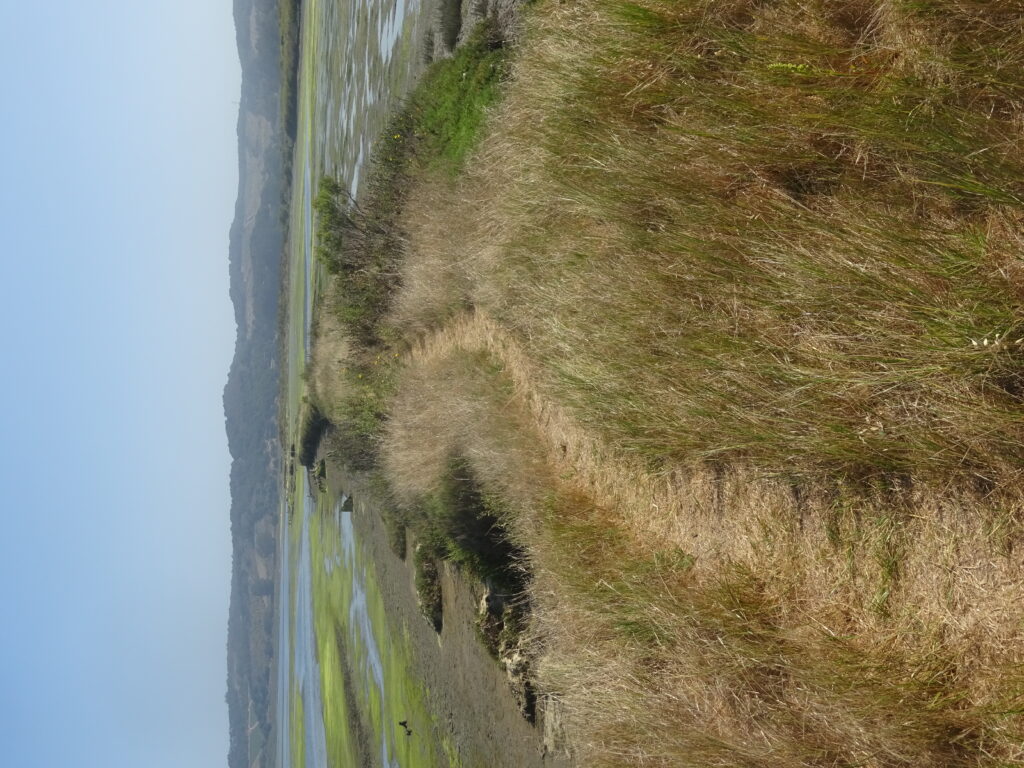
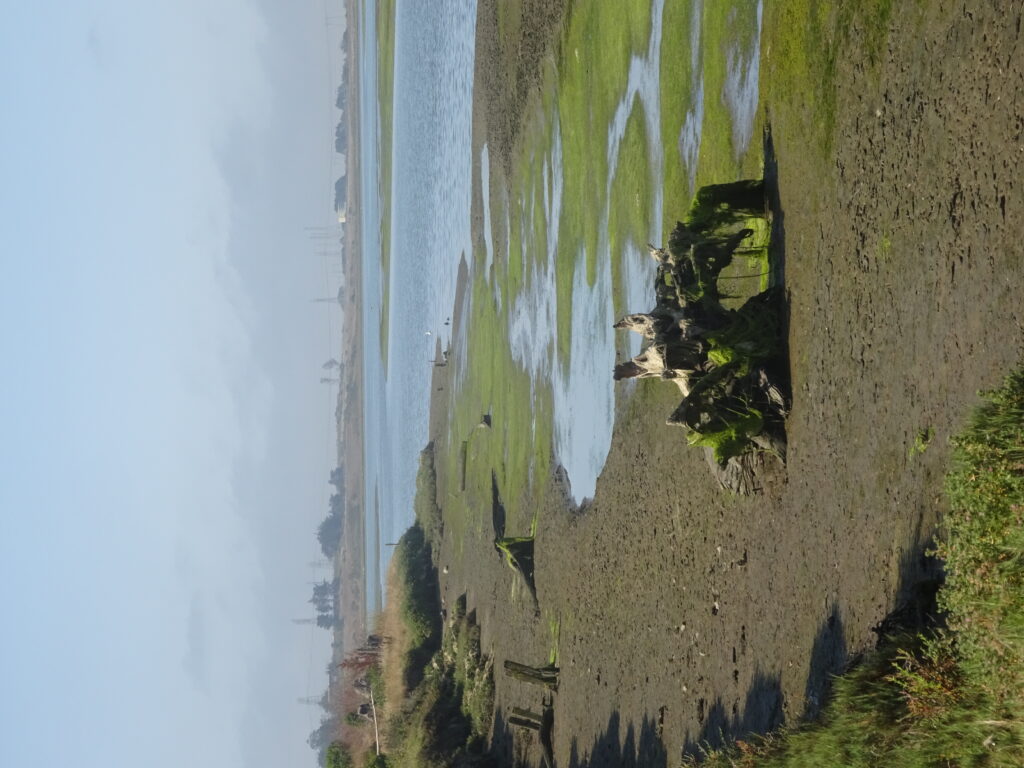
If you like weird trees, there are a few here and there throughout the reserve, though for the most part it’s standard if pleasant foliage, water, and marsh:
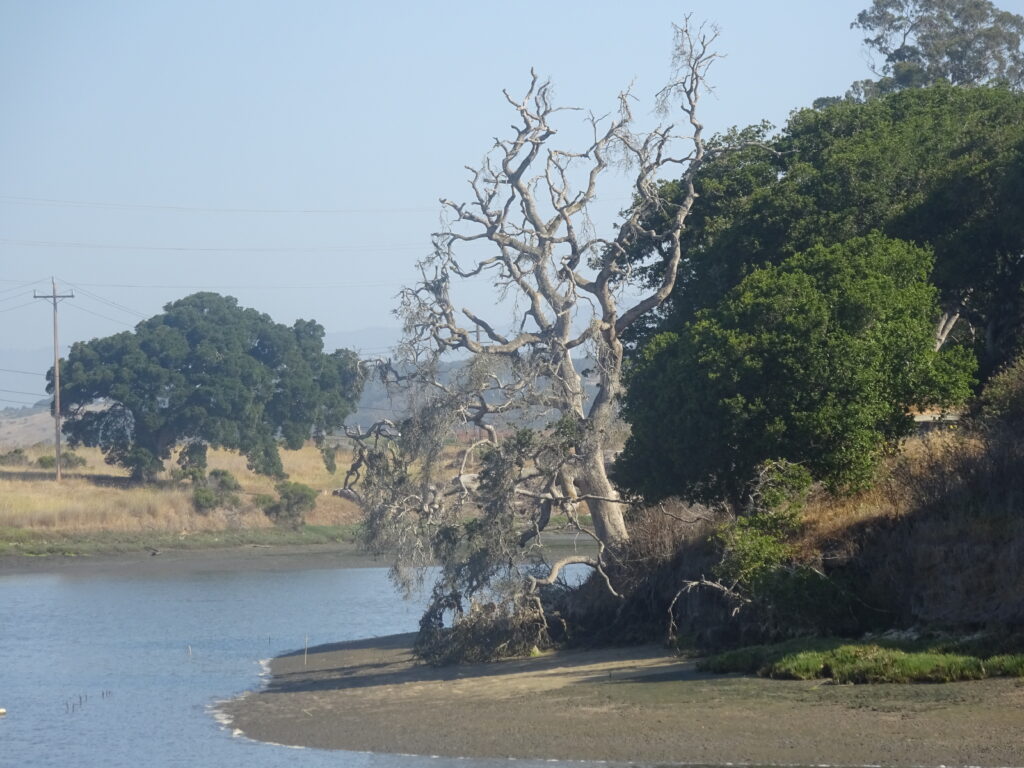
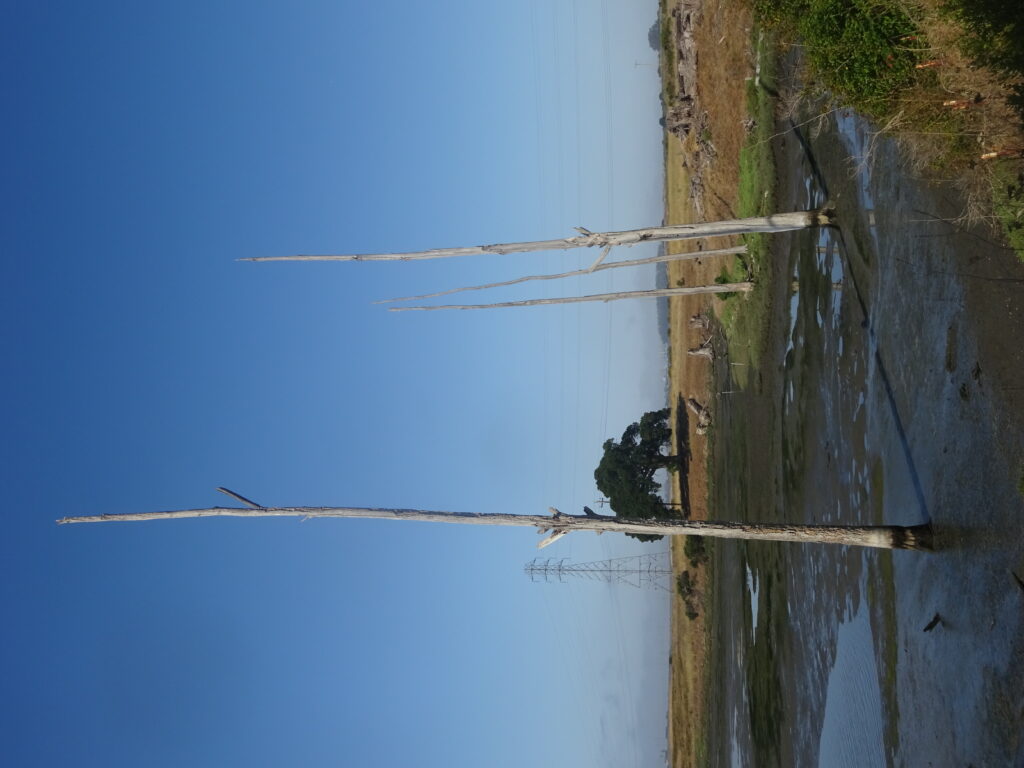
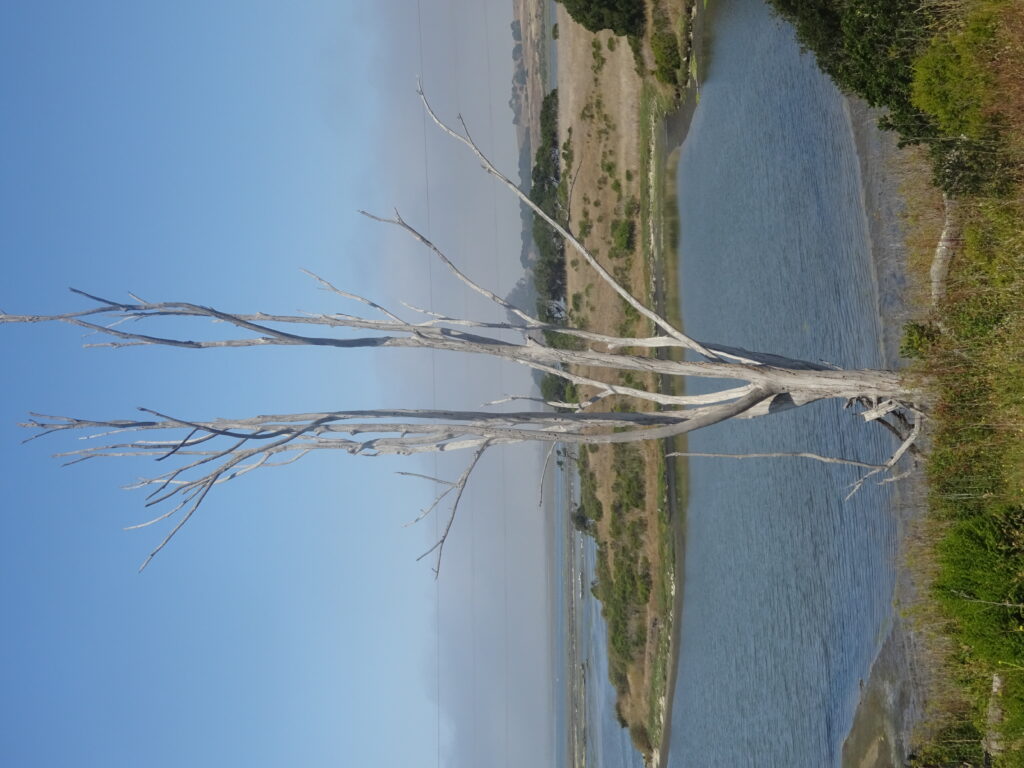
Although I went on a Saturday morning, it wasn’t very crowded with hikers, and I guess it probably seldom does get crowded, owing to its fairly remote location (though it’s actually not too far from central Watsonville or hard to reach). If you like solitude, there wasn’t a single other person on the Long Valley Loop and Murphy Trail that are pretty near the visitor center, though it’s nearly as pretty as best sections of the other trails:
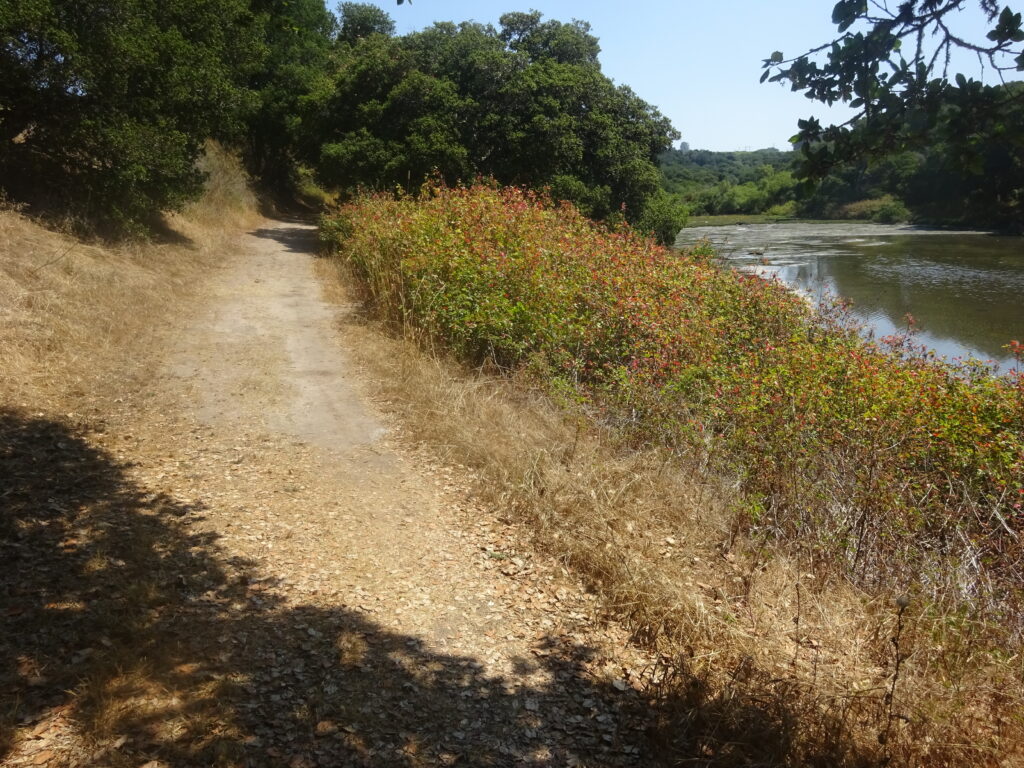
A visit to the Elkern Slough Reserve doesn’t require any advance planning, but note that it’s only open Wednesday through Sundays 9am-5pm. There’s plenty of info, including a trail map, on its website at https://www.elkhornslough.org/esnerr/visitor-information/.